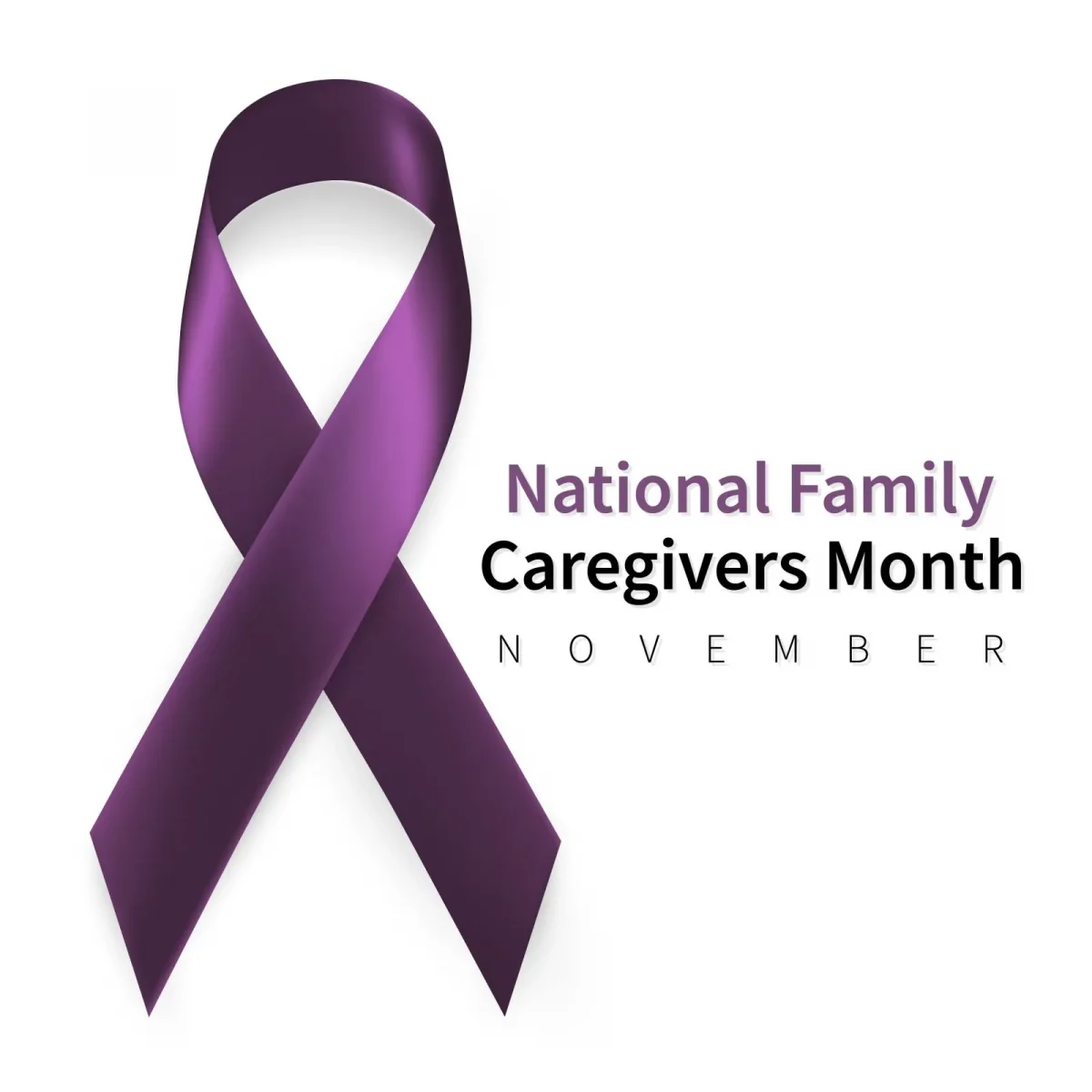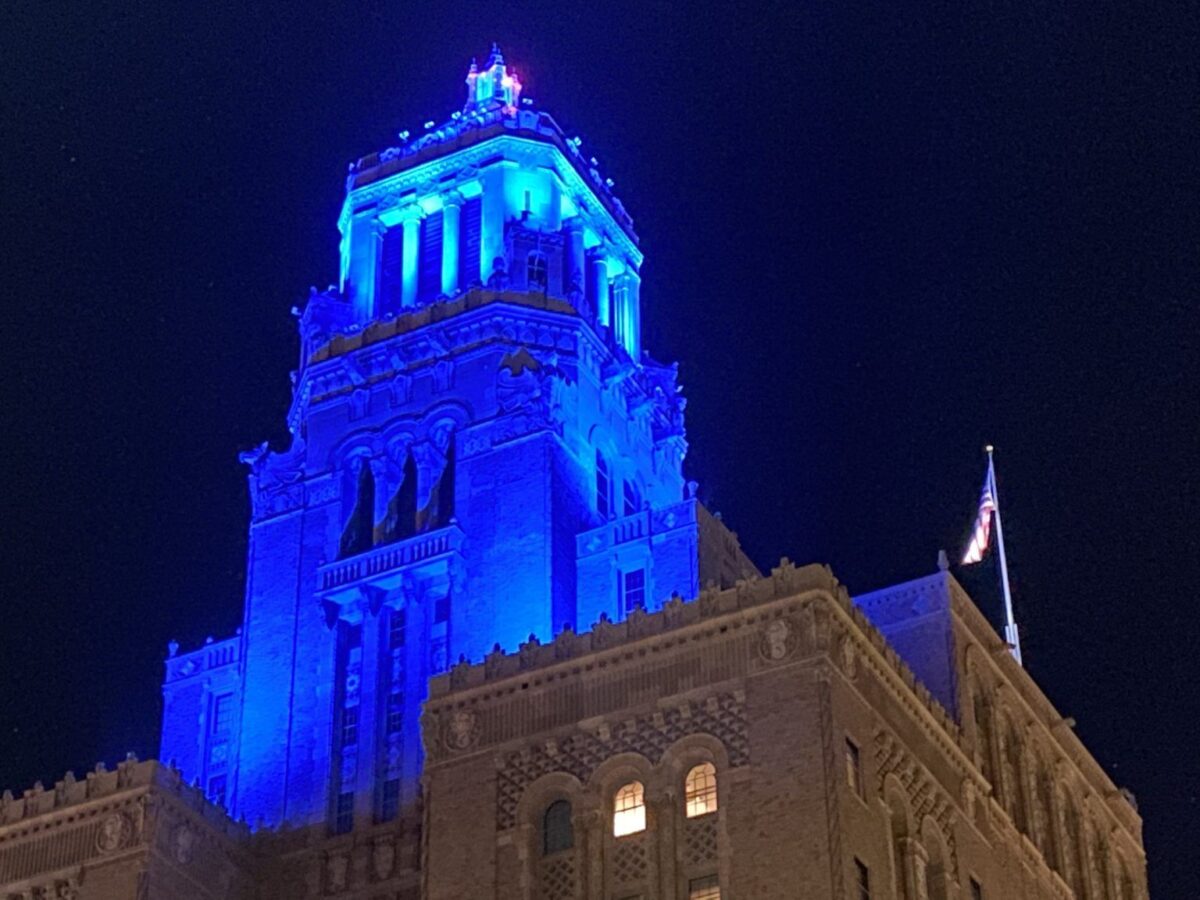Author: Lisa Hyde-Barrett

Thanksgiving: Giving Thanks to all Those in the Mesothelioma Community
Holidays can be challenging when you or a loved one is dealing with a serious medical issue.
Thanksgiving is a day steeped in traditions; A time for turkey, football, family, and all the reasons to give thanks, we share these rituals with family and friends yearly. If this is the first one that you or your loved one are celebrating with a diagnosis of malignant mesothelioma chances are this one is different.
With the new perspective that comes with dealing with a rare cancer, and facing the unknown that is ahead, giving thanks takes on a new meaning. In addition to your usual support systems, this is a time to lean on the community that surrounds and tirelessly advocates for those afflicted with this mostly preventable cancer.
The mesothelioma community is an active group of family members, researchers, advocates, and caregivers all committed to supporting and advocating for patients and their families. From support groups, political activism, and advocates in the medical and legal community, the work moves forward. This small community continues to support and hopefully improve the lives of the victims and their families.
The mesothelioma community has made extensive accomplishments that slowly, and hopefully, will lead to a cure. We are grateful for the teams of researchers who have dedicated their lives to finding treatments for this complex cancer. The team consists of many people that work in behind-the-scenes labs that are required to complete this extensive work. It is not always successful, but they continue tirelessly, as each new day lays the stepping stones leading to a cure. Although the work is necessary and important, it often goes unnoticed. Without their contributions, there can be no new innovative therapies. We applaud and give thanks for their continued work.
Advocates within the mesothelioma community continue to work on behalf of all victims and their families. They have been working for decades now, to place into law, a nationwide ban on asbestos. The goal has never been closer. This could not be made possible without patients and family members who have made this their lives work advocating for a total ban on the leading cause of Malignant Mesothelioma, asbestos. Knowing the devastation that asbestos causes, they continue on so others may not have to suffer the losses they have. We applaud and give thanks for their continued work.
Caregivers of patients with Malignant Mesothelioma are constantly coordinating, researching, and helping the patients on a daily basis. These caregivers consist mostly of unpaid family members who sacrificed their time and energy, often at the cost of their own health. We applaud and give thanks for their continued work.
On this Thanksgiving, we want to take this time to give thanks to all those in the mesothelioma community that continue to support patients and their loved ones.
Happy Thanksgiving!
Resources Available;

November is National Family Caregivers Month
It cannot be emphasized enough how important a role family caregivers can play in helping others maintain their optimum health.
Being diagnosed with Malignant Mesothelioma, a rare serious cancer affects the patient as well as the family and their loved ones. As with most diseases, often there is one person that ends up being the primary caretaker. This role is often one that the person did not plan on or is prepared for. The people that are affected by this disease can be anyone. The caregiver can be a family member, a son, a daughter, a husband, a wife, a friend, a neighbor, a relative, or anyone that steps into this vital role.
There are different types of caregivers, the most common ones are someone who takes care of a family member without pay. The other types are professional, independent, private, informal, and volunteer caregivers.
Every November we recognize all the people that are filling that role with National Family Caregivers Month. In the United States, there are over 65 million Americans who care for their aging or disabled loved ones. Of this number, 90% are unpaid care providers.
One in four people at some time in their lives are caregivers to family, friends, or neighbors who have either physical or mental conditions. Of this number, nearly a third are helping someone with mental illness.Those are just the statistics. The statistics do not tell the everyday life of the caregiver. They take care of people in need every day. Often the price the caregiver pays is their own health, mental and physical, and social wellbeings. It has been well documented that often the caregivers’ health suffers due to this role.
To put a face to these statistics, look around you. A few years ago while seeing a mesothelioma patient return to the clinic with his wife, I was struck by the toll that the disease had taken on his wife. The patient looked great, he was doing well and had a positive outlook. His wife, his primary caretaker, was not doing as well. She had lost weight, looked tired, and reported feeling depressed. Being the caretaker had taken a very visible toll on her.
Chances are you know someone, work with someone, or you are someone taking care of another person. Reach out to the caretaker, lend a hand, be specific, and ask if you can help at a specific hour on a specific day. If you can’t physically help, listen to the caretaker. Schedule a time to talk to them regularly. The role they play is a demanding and rewarding one that we can make easier by supporting them. Make their journey less isolating in November and throughout the year.
There are resources available for support for caregivers;
www.hhs.gov Resources for Caregivers
www.Caregiving.org The National Alliance for Caregiving
www.Caregivers.org Caregiving at Home a Guide to Community Resources
www.AARP.org Resources for Caregivers and their Families
Specific for patients with Malignant Mesothelioma www.curemeso.org

National Mesothelioma Awareness Day
On Monday September 26, 2022 National Mesothelioma Awareness Day will be celebrated. This is the day set aside to increase awareness of this life threatening cancer.
Established in 2004 in conjunction with the mesothelioma community and the Mesothelioma Applied Research Foundation, the day was started to bring more attention and funding to this rare cancer.
The mesothelioma community is small. With approximately 3,000 people diagnosed a year with Malignant Mesothelioma, it classifies as a rare disease. It has always been challenging to get the word out about the toll that this deadly cancer takes on its victims and families. Persistence and advocacy have been the hallmarks of the community.
Awareness days can serve as a time to do public education about the disease and increase visibility. It can also serve as a day of celebration and pride, a day to remember those who have lost their battle and those that are in the midst of theirs. To celebrate progress and renew our resolve to press on.
Increased awareness can lead to more funding which potentially leads to more research leading to a cure.
The color blue is the color that has come to symbolize meso awareness. This year the mesothelioma community will be lighting up landmarks blue on September 26th. Starting in 2020 with a few places, last year 30 landmarks across the country were lit up, this year at least 40 will be lit. Continued increased community support increasing public education, another example of the community at work.
On September 26th, take the time to tell someone the facts about malignant mesothelioma – the fact that asbestos is the leading cause of this preventable cancer. Thanks to tireless advocates in the mesothelioma community, we are closer to having a ban on asbestos in the United States than ever before. Spread the word that there are promising new treatments that are being trialed. That research has led the way, steady gains are being realized.
The faces of mesothelioma are family members, friends, neighbors, loved ones they all have stories to share. Wear blue and start a conversation about the mesothelioma community, its victims, and the important work that continues to be done.

Flexibility Plays an Important Role in the Mesothelioma Journey
The quality of flexibility is best described as the ability to bend without breaking. Facing challenges either physical or mental throughout life and the ability to adapt to the unexpected requires flexibility.
Everyone’s journey in life and facing death is different. Guiding these uncharted experiences can be very difficult for both the person facing their mortality and the family and loved ones trying to help.
When facing end-of-life patients and families often have different perspectives. The perspectives that they have at the beginning of the journey often change as the journey continues.
Recently a patient was facing the end of his life. He had battled his disease for several years and was ready to stop. His family was supportive of his decision and wanted to follow his wishes. The plan was hospice at home with family members taking turns caring for them. The family was able to see that his wishes were honored but it required flexibility. This sounds logical but when emotions and relationships are involved it is not always easy to navigate.
People plan and expect things to go by plan. Everybody has their own scenarios and plans about what they would like their death to look like. Sometimes these plans need to be adjusted. Like birth when the expectant parents have the birthing plan in place, every scenario is planned for. The unexpected happens and the plan needs to be adjusted. Flexibility plays an important part in that.
Malignant mesothelioma is a disease that challenges people every day beginning at diagnosis. It is a rare disease that charts its course from individual to individual.
When facing the end of life for any disease the plan may have to be adjusted. Any disease or end-of-life issue is never neatly packaged and there are no instructions on how to respond and which way to handle decisions and circumstances that are out of their control.
Remain flexible and adjust your expectations throughout your journey. Treasure every moment of this life. Planning is important but the ability to be flexible and adjust to life-ending moments as we respect the wishes of our loved ones is a success. Although the outcome may not be what you were hoping for and the timing may not be long enough, facing our mortality and those of our loved ones is an important part of life.

New Immunotherapy Drugs Show Promising Results for Certain Cancers in Clinical Trials. Is Mesothelioma Next?
Participation in Clinical Trials is how progress is made in medical research. The trials are regulated and must conform to rigorous standards and be able to be replicated. Research scientists dedicate their careers to making progress with treatments for diseases using Clinical Trials. The inclusion and exclusion criteria are very specific. Some Clinical Trials are not able to be done due to lack of enrollment. Participation is voluntary and only with informed consent that the patient can withdraw at any time. In the United States it is estimated that only 5% of adults eligible to participate in a Clinical Trial sign on.
Progress can be slow and results are often not what the researchers had hoped for. Responses can vary by individual participants and success is often made in small percentages of people responding to the treatment.
This past week some very exciting news was published in the New England Journal of Medicine and reported widely in the media. A surprising report was published of the results of a Clinical Trial with a small sample of patients diagnosed with a specific mismatch-repair deficiency rectal cancer and the immunotherapy drug Dostarlimab, brand name Jemperfi. This specific type of rectal cancer makes up 5-10% of all rectal cancers.
Before beginning the standard treatment for this type of rectal cancer, which is chemotherapy followed by radiation followed by surgery, these patients joined a Clinical Trial testing Dostarlimab infusions before the standard treatment. Dostarlimab is classified as an immunotherapy drug. It has been approved by the FDA for treatment of certain types of endometrial cancers. The results were a surprising 14 out of 14 patients having a full remission. No evidence of their disease was found! For 100% of the patients enrolled in the study to have no evidence of disease after six months of treatment is what researchers dream of. The importance of this response is exciting for all of the patients and researchers and for possible results with other cancers. More research with a larger number of patients will need to be done.
These results are encouraging for research for malignant mesothelioma that are ongoing with some Clinical Trials including immunotherapy drugs.
With renewed enthusiasm we encourage those diagnosed with Malignant Mesothelioma or any other cancer to checkout www.ClinicalTrial.gov or ask your treatment team about eligibility to participate in a Clinical Trial.
Free Mesothelioma Patient & Treatment Guide
We’d like to offer you our in-depth guide, “A Patient’s Guide to Mesothelioma,” absolutely free of charge.
It contains a wealth of information and resources to help you better understand the condition, choose (and afford) appropriate treatment, and exercise your legal right to compensation.
Download Now